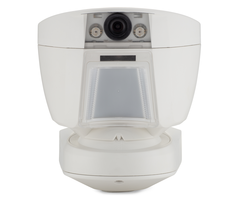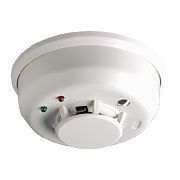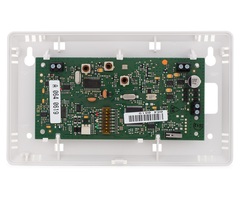Custom TC2 Push Notification Sounds On Android
Posted By Michael GorisWe recently discovered that Android users have the unique ability to set up customized sounds for Total Connect 2.0 Push Notifications. This is possible due to settings for the Android device itself. You can set up a different customized sound for each type of TC2 Push Notification.

As you most likely know by now, Total Connect 2.0 can send you text, email, and push alerts regarding system activity. In order for this to work, you must first set up the notifications within TC2. You must then make sure that the TC2 username you are using with your Android device is placed in the appropriate Notifications Group within TC2. Once everything is properly configured, you should begin receiving push notifications from TC2. More info on getting started is available here.

You can start setting a customized sound for each type of TC2 Push Notification after the app has sent you at least one (1) push notification for the type you want to work with. Different types of push notifications from TC2 include faulted sensors, system arming/disarming, alarm events, and more. The first step to setting a customized sound for a TC2 Push Notification is to accessing the Settings App on your Android device.
From there, choose the Notifications option, and locate the TC 2.0 App. You may need to click the "See All" option to find the app. Then press the button for the app to access the App Notifications Menu for Total Connect 2.0. Then select "Notification Channel Name" to enter the sub-menu for the Notification Category. You may notice that there are multiple Notification Channel Name category options. This is because each type of push notification from TC2 will have its own sub-menu for setting a customized sound, among other options. In our example below, we received two (2) unique push notifications from TC2 - one for sensors faulting, and one for system alarm events.


As you can see above, we set a customized sound called "Carnival" for one of our TC2 Push Notifications. You can choose whatever available sound you would like, and you can set a different one for each type of push notifications from TC2. We have found that this feature works great, and it is really cool to be able to hear a different sound for each type of push notification.
Remember, these options are configured entirely within the Settings Menu for the Android device itself. The only thing that Total Connect 2.0 is doing is sending out push notifications. It is the Android device that is taking those push notifications and playing whatever sound is set. Also keep in mind that if you do not have push notifications properly configured within the TC2 App, then you will not receive push notifications, and no sound will occur. Make sure that you are able to successfully receive push notifications from TC2 before trying to set a customized sounds.
If you do not yet have access to Total Connect 2.0 yet, then we recommend checking out our monitoring page to learn more about our monitoring plans that include access to the TC2 platform. If you have any questions about our monitoring plans, or if you need additional help setting up customized sounds, please reach out to us by emailing support@alarmgrid.com. Remember that our support hours run from 9am to 8pm ET M-F. We look forward to hearing from you.


 If you aren't familiar with the Honeywell 5800C2W or wired to wireless converters in general, then allow us to give you a quick lesson. A wired to wireless converter essentially replaces a
If you aren't familiar with the Honeywell 5800C2W or wired to wireless converters in general, then allow us to give you a quick lesson. A wired to wireless converter essentially replaces a 







